Welcome to my guide to the five best lenses for the Sony A7R IV / A7R IVA full-frame mirrorless camera in 2024.
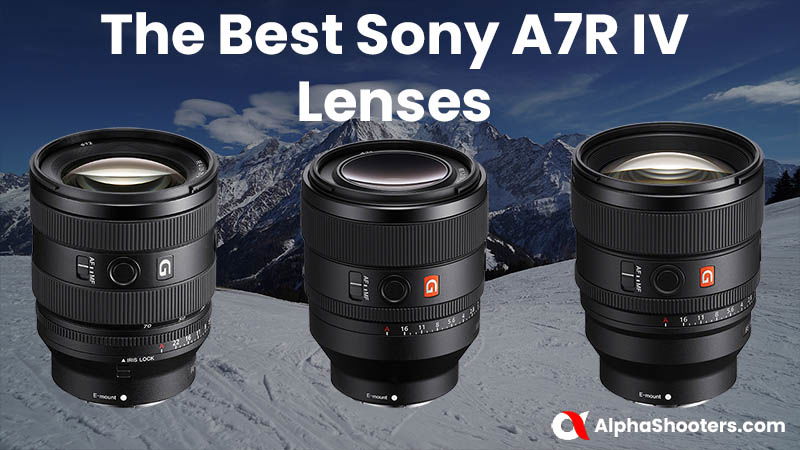
Table of Contents[Hide][Show]
Which Lenses Are Compatible With the Sony A7R IV?
The Sony A7R IV is compatible with both full-frame and APS-C E-mount lenses from Sony and also from third-parties such as Tamron and Sigma. Sony maintains a compatibility list of all of their supported lenses for the A7R IV here.
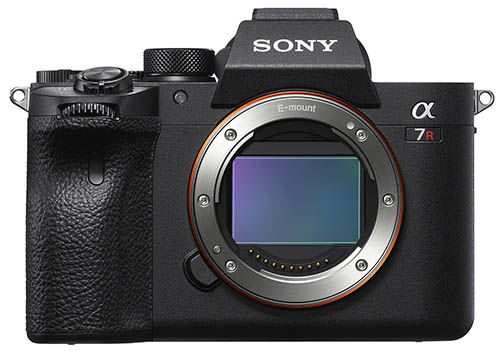
Lenses with different lens mounts such as the Canon EF mount are also compatible with the A7R IV but only when used with an EF to E-mount adapter such as the one from Metabones or the Sigma MC-11 adapter.
Top 5 Lenses
Here are my top five recommended lenses for the Sony A7R IV.
You’ll find links to additional niche lens guides as well as a complete list of all E-mount lenses a little further down this article.
1. Sony FE 24-70mm F2.8 GM II
The Sony FE 24-70mm F2.8 GM II is an excellent zoom lens that covers a very useful focal range with a nice bright maximum aperture of f/2.8.
Constructed from 20 elements in 15 groups, the 11 bladed circular aperture helps to create beautifully smooth bokeh. Being a GM lens it’s extremely well built and also weather sealed against dust and moisture.
Four of Sony’s original XD (extreme dynamic) Linear Motors deliver lightning quick autofocus performance and accuracy, with approximately 2x better tracking performance than the previous Mark I lens.
Weighing just 24.6 oz (695 g) this updated Mark II lens is an incredible 6.74 oz (191 g) lighter than its predecessor the Mark I.
On the lens body itself you’ll find two customizable focus hold buttons, a separate focus, zoom and de-clickable aperture ring, an iris lock switch, AF/MF switch and a zoom smoothness switch.
Sharpness is outstanding throughout the entire zoom range at all apertures and chromatic aberrations are well controlled too.
Whether you are looking for a single travel lens, shooting landscapes, weddings, sports, or portraits, this lens will handle pretty much everything that you can throw at it and much more as well.
Key Specs
| Model Name: | SEL2470GM2 |
| Format: | 35 mm full frame |
| Focal Length (mm): | 24-70 mm |
| Angle of View (35 mm): | 84°-34° |
| Maximum Aperture: | F2.8 |
| Minimum Aperture: | F22 |
| Lens Groups / Elements: | 15-20 |
| Aperture Blades: | 11 circular |
| Minimum Focusing Distance: | 0.21 ft. (W)-0.3 ft. (T) 0.69 m (W)-0.99 m (T) |
| Maximum Magnification Ratio: | 0.32 x |
| Lens Image Stabilization: | No |
| Filter Diameter: | 82 |
| Diameter: | 3-1/2″ / 87.8 mm |
| Length: | 3-1/2″ / 119.9 mm |
| Weight: | 24.6 oz. / 695 g |
Pros
- Size and weight
- Build quality and weather sealing
- Fantastic autofocus
- Excellent resolution and contrast throughout the zoom range
- Near perfect center and mid-frame sharpness
Cons
- Very expensive
- Some distortion and vignette
What’s in the Box
- Sony FE 24-70mm F2.8 GM II lens
- Lens hood: ALC-SH168
- Lens front cap: ALC-F82S
- Lens rear cap: ALC-R1EM Lens
- Case
Review
To learn more about this excellent lens I’d recommend watching this brilliant review from Gerald Undone.
2. Sony FE 85mm F1.4 GM II
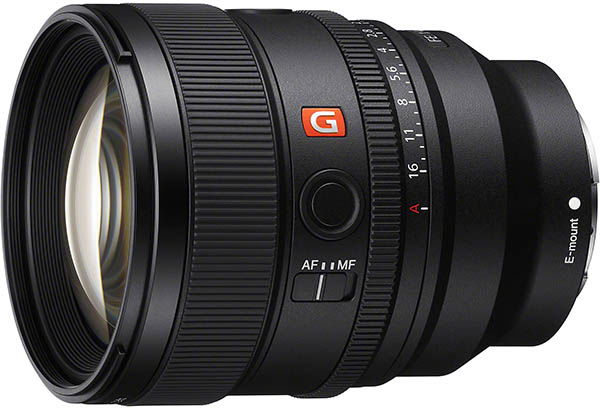
The Sony FE 85mm F1.4 GM Mark II lens features a fast maximum aperture of f/1.4 in a compact, lightweight, and weather-sealed body.
If you are searching for the best portrait lens for your A7R IV then this is it.
The new Mark II features an improved construction, consisting of 11 groups and 14 elements, including two ED (Extra-low Dispersion) glass elements that help minimize axial chromatic aberration while maximizing clarity and color.
Sony’s Nano AR Coating II suppresses flare and ghosting that can cause flare and ghosting, enhancing overall image quality.
The 11-blade circular aperture excels at creating beautifully rounded bokeh, helping to make your subjects stand out.
The new Mark II lens weighs in at 22.7 oz. / 642 g vs 28.9 oz. / 820 g for the Mark I, making it 6.28 oz. / 178 g lighter than its predecessor.
The lens features 2 XD (extreme dynamic) linear motors that make the new Mark II lens up to 3x faster than the previous model. Moving subject tracking is also improved by as much as 7x.
On the lens body you’ll find 2 customizable focus hold buttons , an AF/MF switch, an independent aperture ring and Linear Response MF focus ring.
The FE 85mm F1.4 GM Mark II offers excellent sharpness wide open across the frame, low chromatic aberrations, impressive flare resistance, and minimal focus breathing.
You’ll find sample images taken with this lens in our Sony FE 85mm F1.4 GM II Image Thread over on our forum.
Key Specs
| Model Name: | SEL85F14GM2 |
| Format: | 35 mm full frame |
| Focal Length (mm): | 85 mm |
| Angle of View (35 mm): | 29° |
| Maximum Aperture: | F1.4 |
| Minimum Aperture: | F16 |
| Lens Groups / Elements: | 11 / 14 |
| Aperture Blades: | 11 circular |
| Minimum Focusing Distance: | AF 0.85 m, MF 0.8 m |
| Maximum Magnification Ratio: | AF 0.11x, MF 0.12x |
| Lens Image Stabilization: | No |
| Filter Diameter: | 77mm |
| Diameter: | 3.33 ” / 84.7 mm |
| Length: | 4.22 ” / 107.3 mm |
| Weight: | 22.7 oz. / 642 g |
Pros
- Well built and weather sealed
- Extremely fast, accurate and quiet autofocus
- Low focus breathing
- Extremely sharp wide open
- No fringing
- Low vignette and distortion
- Good flare resistance
- Lovely bokeh
Cons
- Expensive
What’s in the Box
- Sony FE 85mm f/1.4 GM II Lens
- Sony ALC-F77S 77mm Front Lens Cap
- Sony ALC-R1EM Rear Lens Cap
- Sony ALC-SH150 Lens Hood
- Padded Lens Case
Review
If you’d like to learn more about the Sony FE 85mm F1.4 GM II lens then this review from Gerald Undone is worth taking the time to watch.
Check Price & Buyer Reviews: Sony FE 85mm F1.4 GM II
At: B&H Photo | Amazon
3. Sony FE 70-200mm F4 Macro G OSS Ⅱ
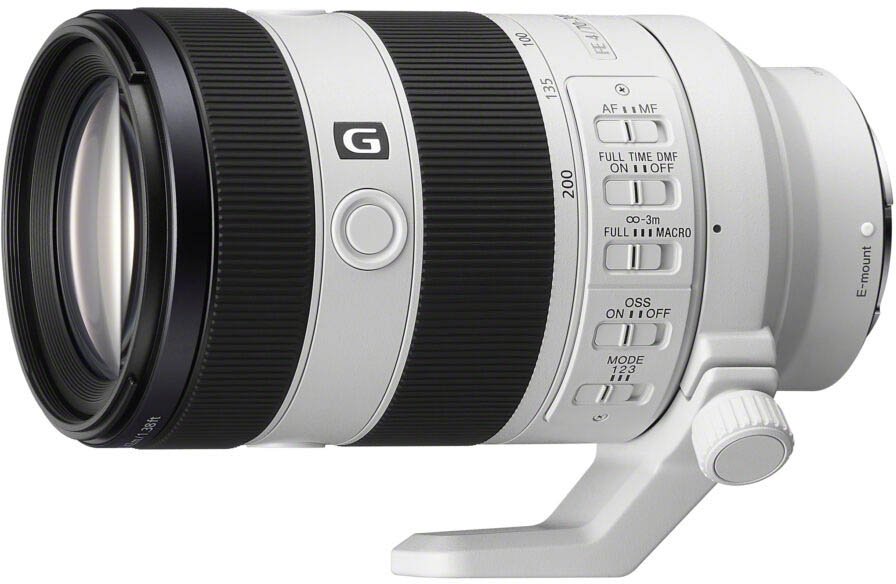
The Sony FE 70-200mm F4 Macro G OSS Ⅱ lens is the second generation of one of Sony’s earliest E-mount lenses first released in 2014.
Sony say that they have improved the AF by 20%. It’s also 15% lighter and 15% shorter that the Mark I. The 1.4x and 2x teleconverters are now also supported which were not supported with the Mark I lens.
Focus is powered by two independently moving focus groups driven by four XD ‘High thrust’ linear motors (two per group) which allow the lens to focus down to just 26 cm (10.2″).
A maximum magnification of 0.5x is the reason this lens has Macro in its name. Although not a true 1:1 macro lens if you attach the 2x teleconverter you will now have 1x magnification.
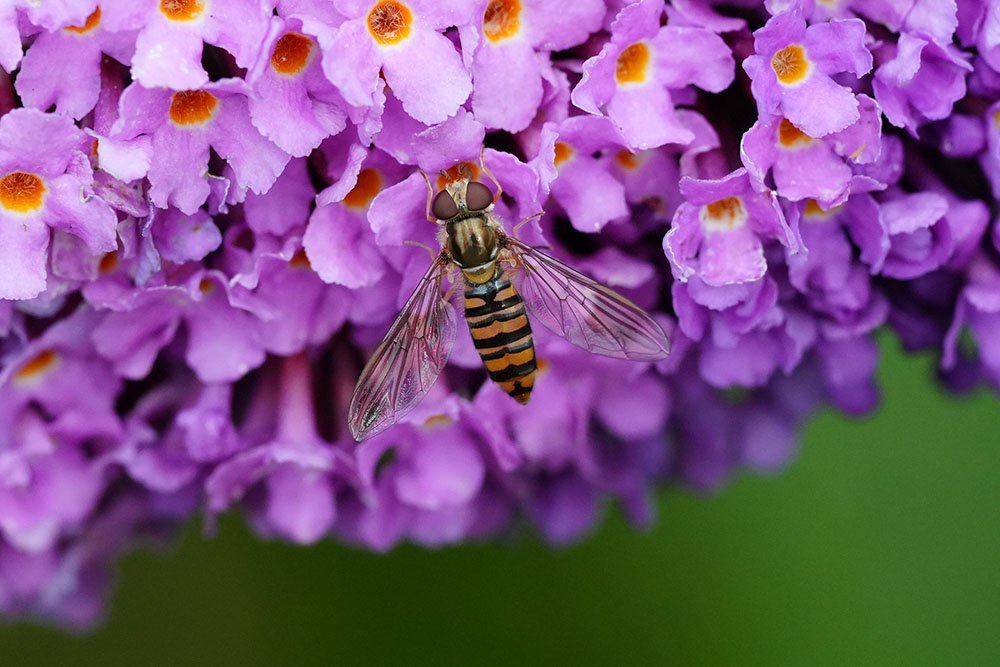
The lens is composed of 19 elements in 13 groups, including one advanced aspherical element, three extra-low dispersion (to reduce chromatic aberration), one ED aspherical element and one conventional aspherical lens.
On the lens body you’ll find independent control rings for focus and zoom. There’s a full-time DMF on/off switch, a focus-range limiter, Mode 1, Mode 2, and Mode 3 optical image stabilisation, an AF/MF switch and a zoom lock.

Optically the lens delivers exceptional sharpness and contrast throughout the zoom range, low distortion and vignette and stunning bokeh.
This lens makes an ideal travel lens to compliment your A7R IV, and coupled with the Sony FE 24-70 F2.8 GM II these are probably the only two lenses that you will need.
If F4 is not fast enough for you then there’s also the Sony FE 70-200 F2.8 GM II lens.
Key Specs
| Model Name: | SEL70200G2 |
| Format: | 35 mm full frame |
| Focal Length (mm): | 70-200 mm |
| Angle of View (35 mm): | 34°-12° 30′ |
| Maximum Aperture: | F4 |
| Minimum Aperture: | F22 |
| Lens Groups / Elements: | 13-19 |
| Aperture Blades: | 9 circular |
| Minimum Focusing Distance: | 0.26-0.42 m(0.86-1.38 ft) |
| Maximum Magnification Ratio: | 0.5x |
| Lens Image Stabilization: | Yes |
| Filter Diameter: | 72 mm |
| Diameter: | 3-1/4″ / 82.2 mm |
| Length: | 5-7/8″ / 149 mm |
| Weight: | 28.1 oz. / 794 g |
Pros
- Small and compact
- Good build quality and weather sealing
- Very fast and quiet autofocus motors
- Compatible with Sony’s 1.4x and 2x teleconverters
- Exceptional resolution and contrast throughout the zoom range
- Lovely bokeh
- Low distortion and vignette
- Flare resistance
- Minimal focus breathing
- Removable tripod collar
Cons
- Pincushion distortion throughout the zoom range
- Tripod foot not Arca-compatible (like all of Sony’s lenses)
- External zoom but this does make it more travel and backpack friendly
What’s in the Box
- Sony FE 70-200mm F4 Macro G OSS Ⅱ lens
- Lens hood: ALC-SH176
- Lens front cap: ALC-F72S
- Lens rear cap: ALC-R1EM
Review
If you would like to learn more about the Sony FE 70-200mm F4 Macro G OSS Ⅱ lens then I’d highly recommend this excellent review from Dustin Abbott.
4. Sony FE 300mm F2.8 GM OSS
The Sony FE 300mm F2.8 GM OSS is fantastic option for shooting sports and wildlife with your A7R IV.
This 300mm F2.8 prime lens weighs only 1470g (51.9oz) which makes it the lightest in its class and the same weight as the original Sony FE 70-200mm F2.8 GM.
The dual XD linear motors are extremely fast and accurate, making it extremely difficult to loose track of your subjects.
Image quality is really as good as it gets and the lens works brilliantly with both the 1.4x and 2x teleconverters.
You can find some sample images from this lens over on our forum in our Sony FE 300mm F2.8 GM OSS Image Thread.
Key Specs
| Model Name: | SEL300F28GM |
| Format: | 35 mm full frame |
| Focal Length (mm): | 300 mm |
| Angle of View (35 mm): | 8°10′ |
| Maximum Aperture: | F2.8 |
| Minimum Aperture: | F22 |
| Lens Groups / Elements: | 17 groups, 21 elements (including one filter) |
| Aperture Blades: | 11 |
| Minimum Focusing Distance: | 2 m (6.57 ft) |
| Maximum Magnification Ratio: | 0.16x |
| Lens Image Stabilization: | Yes (3 modes) |
| Filter Diameter: | 40.5mm |
| Teleconverter Support: | Yes: 1.4x / 2x |
| Diameter: | 4.9in. / 124mm |
| Length: | 10.45in. / 265 mm |
| Weight: | 51.9 oz. / 1470 g (Without tripod mount) |
Pros
- Great Sony GM build quality and weather sealing
- Very sharp even at F2.8
- Good CA control
- Very fast and quiet autofocus
- Lightweight and compact
- Supports both 1.4x and 2x teleconverters
Cons
- None
What’s in the Box
- Sony FE 300mm f/2.8 GM OSS Lens (Sony E)
- Front Lens Cap
- Sony ALC-R1EM Rear Lens Cap
- ALC-SH175 Lens Hood
- Tripod Mount
- Drop-In Filter
- Lens Strap
- Soft Case
- Limited 1-Year Manufacturer Warranty
Review
To learn more about the Sony FE 300mm F2.8 GM OS telephoto prime lens I’d recommend watching this review from Gerald Undone.
Check Price & Buyer Reviews: Sony FE 300 F2.8 GM Lens
At: B&H Photo | Amazon
5. Sony FE 200-600mm F5.6-6.3 G OSS
The Sony FE 200-600mm F5.6-6.3 G OSS lens is an exceptional telephoto lens for wildlife photography.
With a focal range of 200-600mm and a maximum aperture of f/6.3 at 600mm this lens will help you to get closer to wildlife than ever before. If 600mm is not long enough then you can also add the 1.4x or 2.0x teleconverters.
Constructed of 24 elements in 17 groups this is a big lens and it weighs 74.7 oz (2,115 g) without tripod mount and is 318mm in length. It’s also weather sealed and has 3 mode image stabilization built-in.
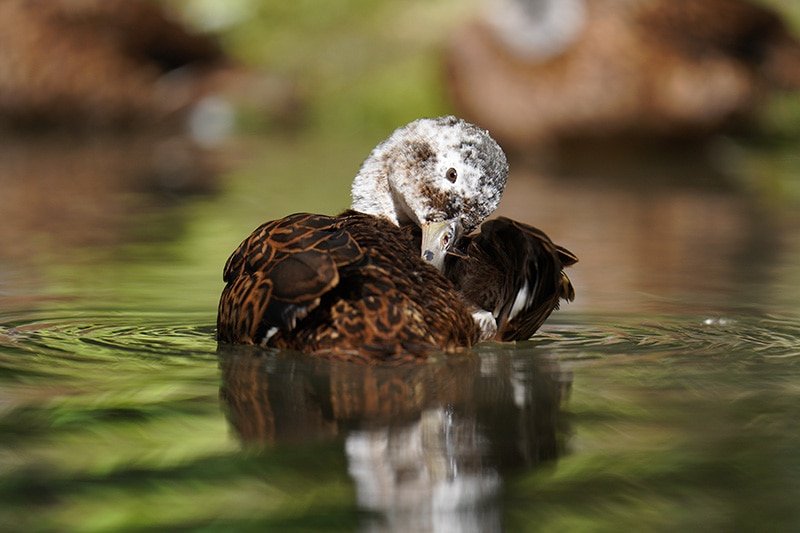
It’s an internal zoom lens which really helps with the balance and a short zoom throw makes going from 200mm to 600mm a breeze.
On the lens body you’ll find a focus and zoom ring, a focus limiter switch, AF/MF switch, Steady Shot on/off switch, mode 1/2/3 OS switch and a customizable focus hold button.
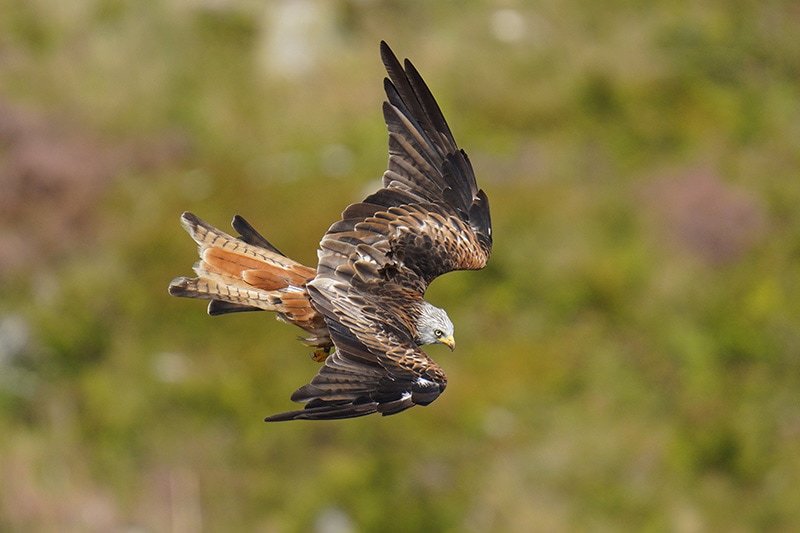
At 600mm this lens is sharper than the Sony FE 100-400 + 1.4x is at 560mm. At 400mm this lens is also a touch sharper than the 100-400 which considering it’s a G lens and not a GM lens is really quite something.
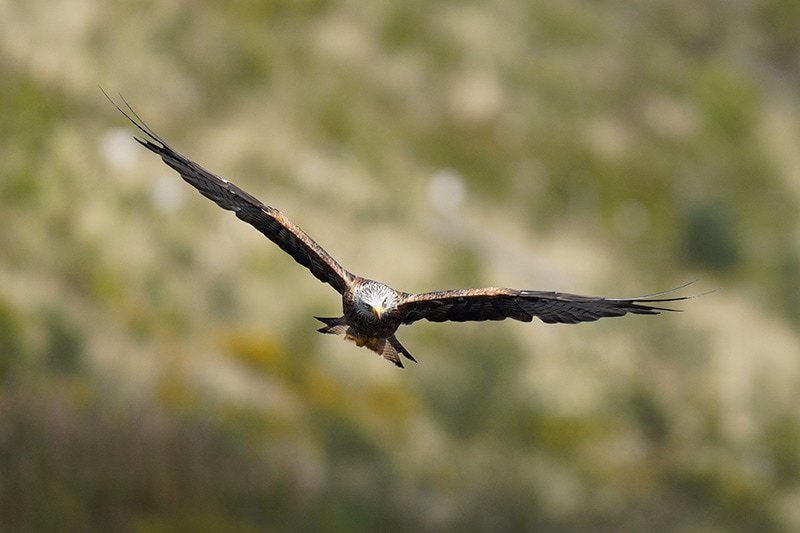
If you’d like to find out how this lens stacks up against the Sony FE 100-400 GM lens then head over to my 200-600 vs 100-400 comparison.
Key Specs
| Model Name: | SEL200600G |
| Format: | 35 mm full frame |
| Focal Length (mm): | 200-600 mm |
| Angle of View (35 mm): | 12°30’–4°10′ |
| Maximum Aperture: | F5.6–6.3 |
| Minimum Aperture: | F32–36 |
| Lens Groups / Elements: | 17–24 |
| Aperture Blades: | 11 circular |
| Minimum Focusing Distance: | 7.88 ft (2.4 m) |
| Maximum Magnification Ratio: | 0.2x |
| Lens Image Stabilization: | Yes (3 modes) |
| Filter Diameter: | 95 mm |
| Teleconverter Support: | Yes: 1.4x / 2x |
| Diameter: | 4.5″ / 114.3 mm |
| Length: | 12.625″ / 320.67 mm |
| Weight: | 74.7 oz. / 2,115 g |
Pros
- Fantastic build quality and weather sealing
- Excellent handling thanks to the internal zoom design
- Very fast and accurate autofocus
- Excellent image quality
- 1.4x and 2x teleconverter support
Cons
- Large and relatively heavy
- Small tripod foot that is not arca-swiss compatible
- Some chromatic aberration when shooting wide open
What’s in the Box
- Sony FE 200-600mm F5.6-6.3 G OSS lens
- Hood (model): ALC-SH157
- Lens front cap: ALC-F95S
- Lens rear cap: ALC-R1EM
- Tripod collar
- Soft case
- Lens strap
Review
If you would like to learn more about the Sony FE 200-600mm F5.6-6.3 G OSS lens lens then this excellent review by Olle Nilsson is worth taking the time to watch.
You might also enjoy my own video of this lens where I compare the 200-600 to the Sony 100-400 with the 1.4x teleconverter for birds in flight photography.
Sony E-mount Teleconverters
Sony currently offers two teleconverters for their E-mount lenses, a 1.4x and a 2x. However, these are only supported with the following E-mount lenses:
- Sony FE 70-200mm F2.8 GM OSS
- Sony FE 70-200mm F2.8 GM OSS II
- Sony FE 70-200mm F4 G Macro OSS II
- Sony FE 100-400mm F4.5-5.6 GM OSS
- Sony FE 200-600mm F5.6-6.3 G OSS
- Sony FE 300mm F2.8 GM OSS
- Sony FE 400mm F2.8 GM OSS
- Sony FE 600mm F4 GM OSS
Sony 1.4x Teleconverter Lens (SEL14TC)
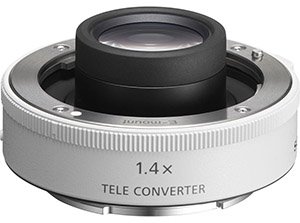
Sony 2x Teleconverter Lens (SEL20TC)
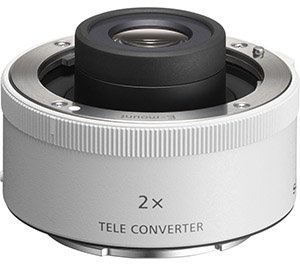
Additional Lens Guides
Camera & Lens Deals
The following links should filter all of the Sony camera, lens and accessory deals currently running at Amazon and B&H Photo in the USA.
Sony A7R IV Guides & Resources
Sony A7R IV Lens FAQs
The Sony A7R IV is compatible with full-frame and APS-C Sony E-mount lenses. Third-parties such as Sigma and Tamron also produce compatible E-mount lenses.
Yes. The Sony A7R IV features a 35mm full-frame image sensor.
Sony E-mount. Both APS-C lenses and full-frame E-mount lenses can be used.
Although the Sony A7R IV has a 35mm full-frame sensor you can still use APS-C lenses in Super35 mode if you wish. This will however introduce a 1.5x crop.
Canon EF lenses can be used but only with an EF to E-mount lens adapter such as the one from Metabones or Sigma’s MC-11 adapter.
You can either purchase the Sony A7R IV as body-only or you can purchase it with a lens bundle, these vary from seller to seller.
Sony A7R IV Forum & Facebook Group
If you are looking for further help and advice on the A7R IV or would simply like to share your photos, then please head over to our friendly full-frame Forum. If you prefer Facebook then I also run the Sony A7R IV + A7R V Shooters Group.

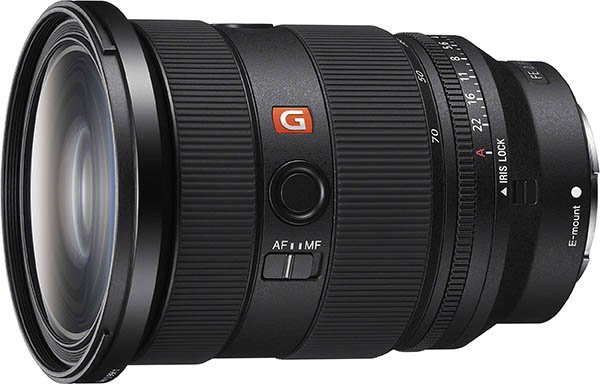
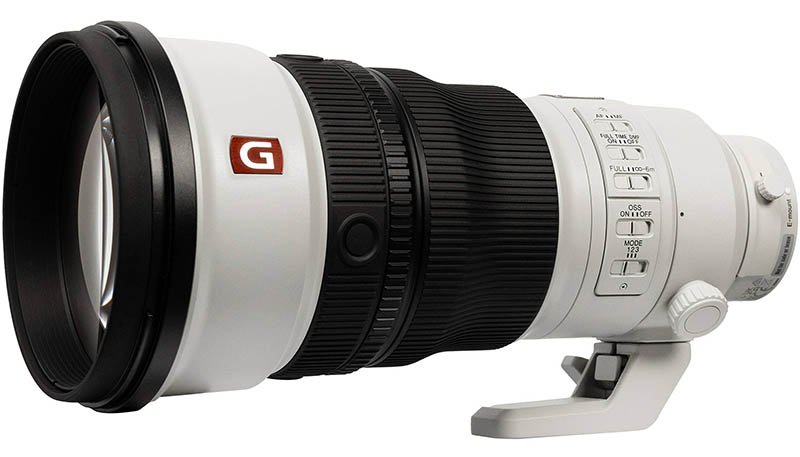
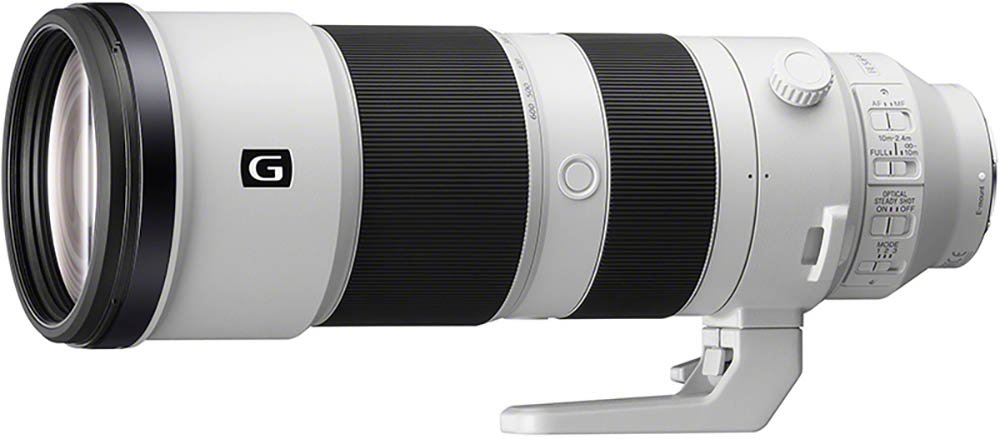
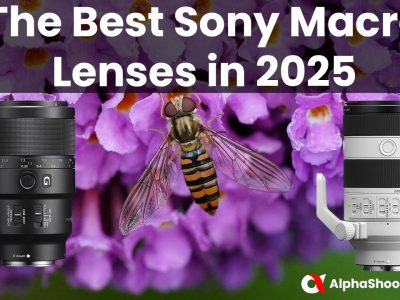
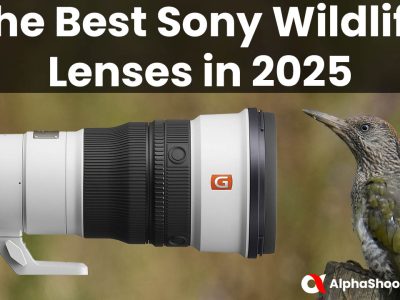
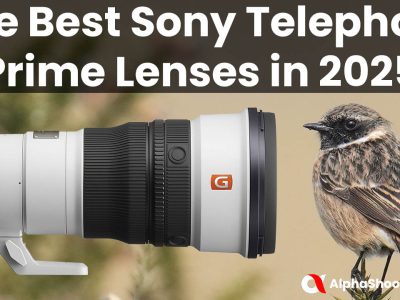
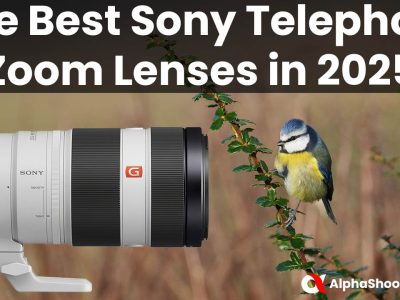
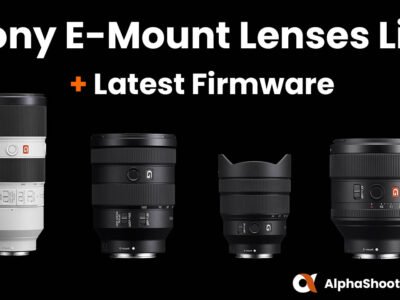
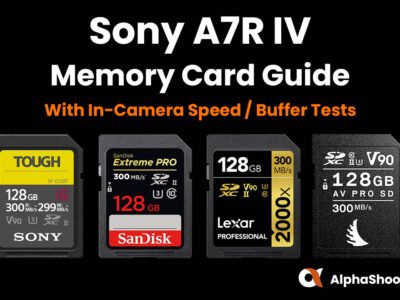
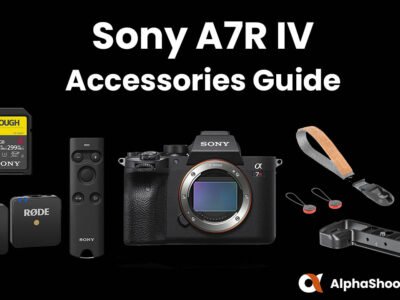
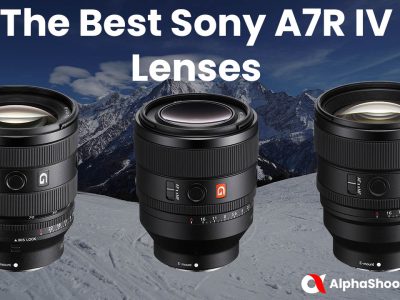
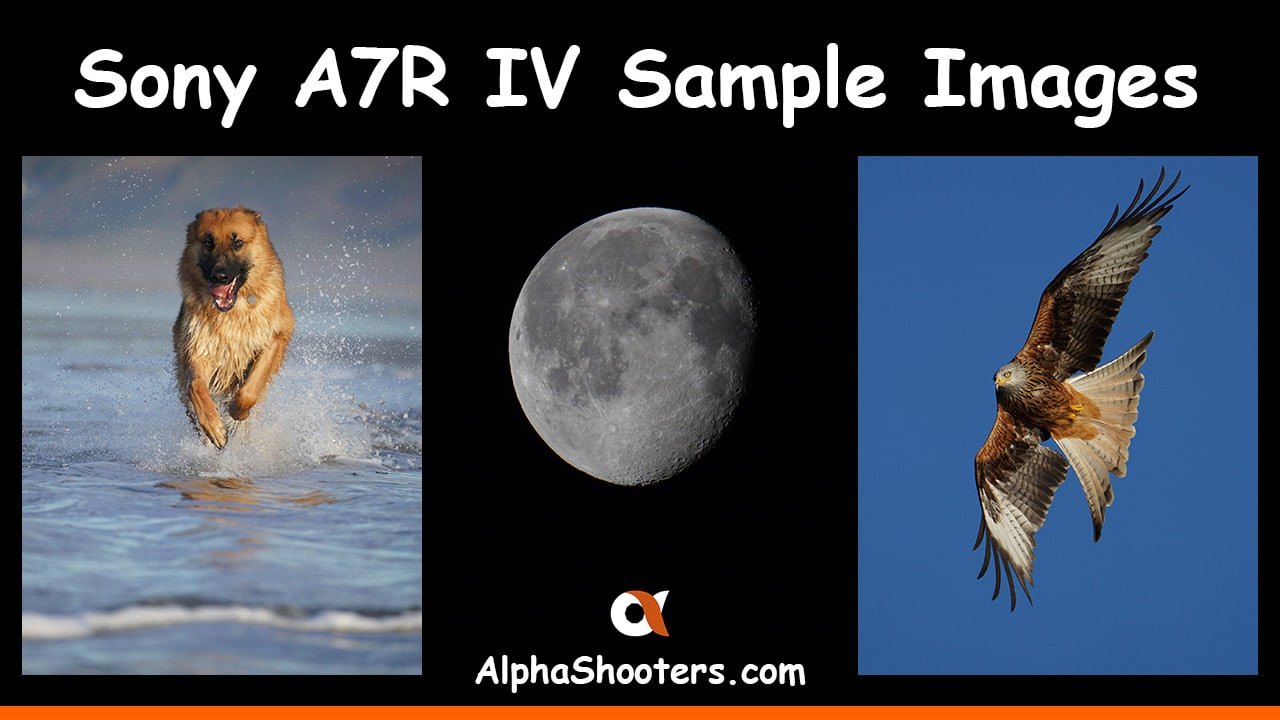
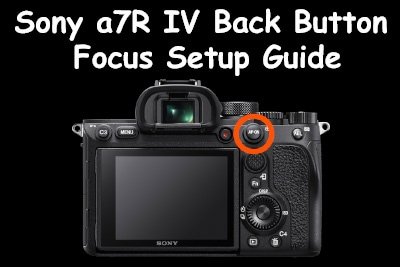
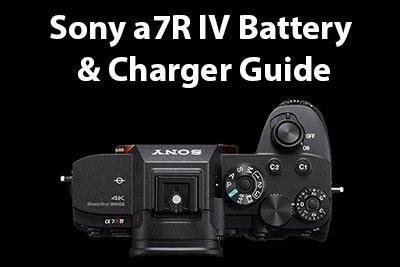
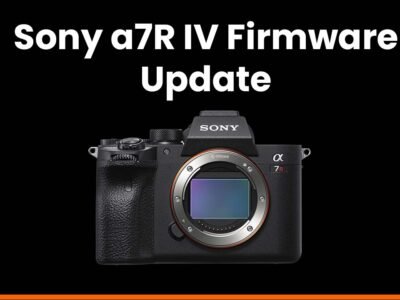
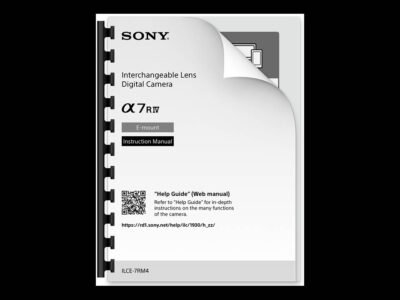

Leave a Reply